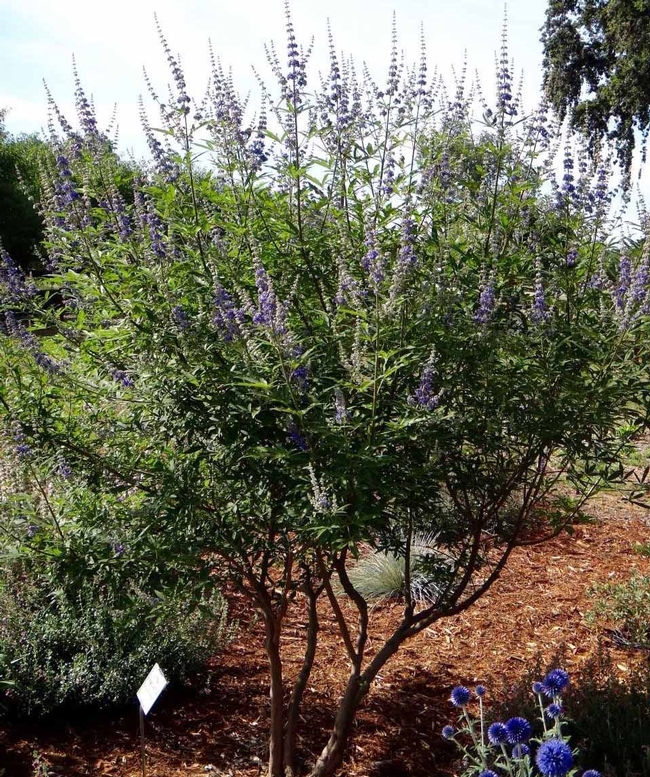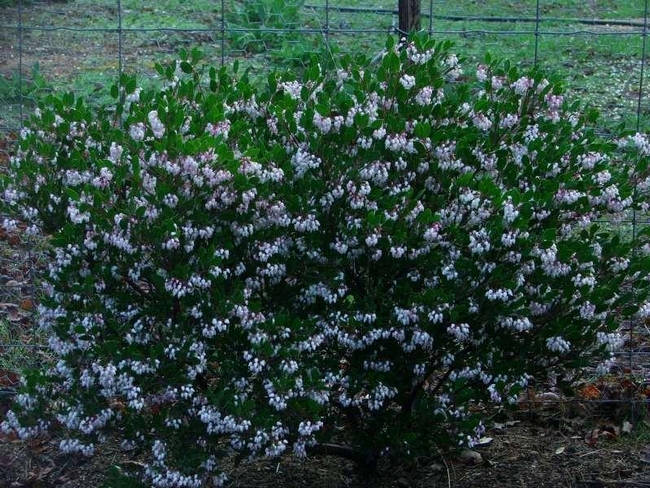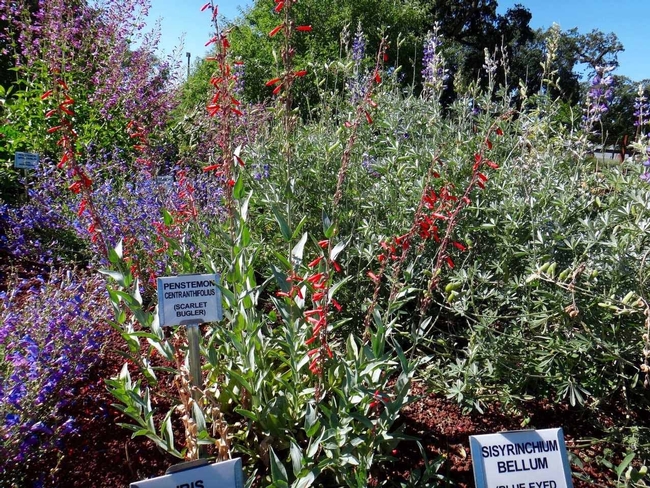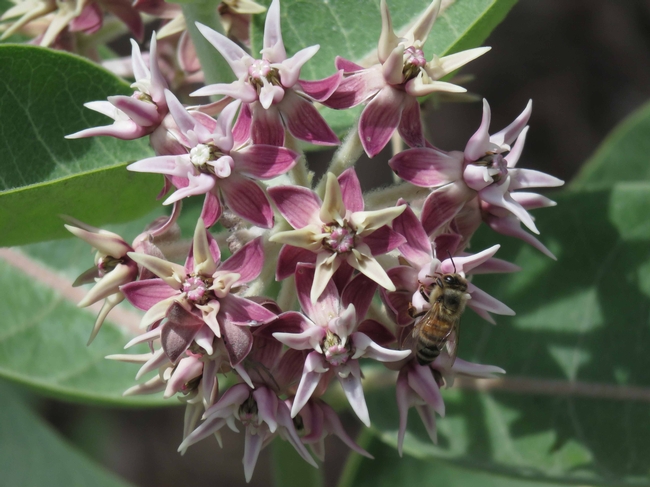By Brent McGhie, UC Master Gardener of Butte County, March 30, 2018.

Pollinator plants are plants that attract pollinators by offering them pollen and/or nectar. Pollen provides pollinators with proteins, fats, vitamins, minerals and other nutrients. Nectar is a sugary liquid that provides pollinators with carbohydrates for energy. Pollinator plants “advertise” the presence of nectar and pollen with scents and colors. A good example of a specific link between pollinators and the plants that attract them is the relationship between bees and the flowers they pollinate. Although it is invisible to humans, bees can see ultraviolet light and bee flowers have evolved distinctive patterns visible only in the ultraviolet range.

Animal pollinators are necessary for the reproduction of 90% of flowering plants and the majority of our fruit, nut and vegetable crops. These facts alone point to the importance of attracting pollinators. In addition, plants are the foundation of the overwhelming majority of food chains on Earth and also provide shelter for many animal species. Healthy pollinator populations, and the plants that feed them, mean healthy ecosystems. Unfortunately, due to human influences such as habitat loss and pesticides, many pollinator populations are in trouble. Backyard pollinator gardens can serve as important refuges for vulnerable pollinators. An added incentive for including pollinator plants in your garden is that pollinators such as hummingbirds, bees, and butterflies are beautiful creatures that are fascinating to watch.
Many pollinator plants can be seen at the Butte County Master Gardeners Demonstration Garden at Patrick Ranch, 10381 Midway, between Durham and Chico. Two varieties of manzanita (Arctostaphylos) are currently on display at the Demonstration Garden. The delicate white blooms of these evergreen shrubs attract bees and butterflies as well as beneficial insects that prey on insect pests. A larger shrub with attractive purple blooms is the butterfly bush (Buddleja davidii). As its name implies, it attracts butterflies, blooming from summer until first frost. If you're interested in a small tree for your garden, California buckeye (Aesculus californica) and Chaste tree (Vitus agnus-castus) can be seen as well. Both of these trees are butterfly favorites and the Chaste tree also attracts hummingbirds, bees, other insect pollinators and beneficial predators. Also found in the gardens are several species of sages (Salvia sp.) and penstemons (Penstemon sp.), which draw hummingbirds. Another hummingbird plant that will be introduced in the garden this fall is red fairy duster (Caliandra californica), an airy, mesquite-like shrub that is covered in downy red flowers from summer through fall.

This sampling of pollinator plants doesn't do justice to the wide variety of plants found at the Demonstration Gardens. All of the plants mentioned above, along with many others, will be available at the Butte County Master Gardener Plant Sale. The Plant Sale will be held at the Demonstration Gardens at Patrick Ranch (10381 Midway) on Saturday, April 28th, from 10 am till 2pm. The Master Gardeners are a voluntary organization and the plant sale is our primary fund-raiser. Why not plan on supporting the work of the Butte County Master Gardeners by enjoying a visit to the gardens and purchasing pollinator plants for your garden while you're there?

1. Different pollinators are generally active from early spring to late fall, so the garden should have plants with overlapping flowering times covering this time period. For example, Cleveland sage and manzanita are spring bloomers, while many penstemons bloom in late spring and early summer. Chaste tree is a prolific fall bloomer.
2. Provide a diversity of plants to attract a diversity of pollinators. The University of California, Agriculture & Natural Resources (UC ANR) recommends planting at least 20 different plant types.
3. Plant in the sun. Bees and other pollinators prefer to visit plants in the sun. There are always exceptions. Bumble bees, for instance, will forage in shade or sun and most moths are active at night.
4. Maintain flowers. Dead-heading (removing spent flowers) encourages new blooms and lengthens the flowering season. Lightly fertilizing with compost can improve plant health and also serves to lengthen the blooming period.
5. Water regularly. Water stressed plants won't put much energy into flowers. But many native plants, including most of those mentioned above, require little if any summer water once they are established.
6. Avoid pesticide use! In addition to the targeted pests, these chemicals also kill pollinators as well as other beneficial insects including parasites and predators that can provide an alternative, natural control of garden pests.
Happy gardening! For more information about pollinator plants or any other garden topic (including our April 28, 2018 Plant Sale), call the Butte County Master Gardener Hotline (530-538-7201), or visit our website at: http://ucanr.edu/sites/bcmg/


